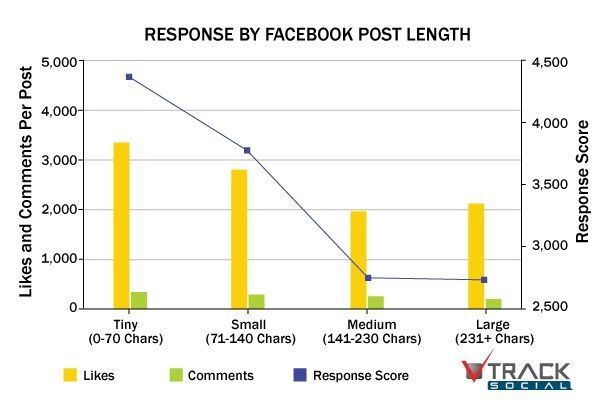The half-life of a Pinterest pin is thousands of times longer than a tweet or Facebook post...
Adam Rifkin stashed this in Pinterest
Stashed in: Interest Graph!, Social Media, Social Media, Valuation
The useful life of the average tweet can be measured in minutes. Most posts on Facebook exist in users’ streams for perhaps a few hours.
But a pin on Pinterest? That can last thousands of times longer, according to a new study by Piqora (formerly Pinfluencer).
“Sure, you get 70 percent of your clicks in the first two days,” Pinqora CEO Shara Verma told me last week. “But there’s a huge long tail. Clicks kept coming all the way for 30 days, and even beyond.”
That’s important information for brands like Sephora, which says its Pinterest followers spend 15 times more than its Facebook fans. And it’s good to know that if you spend time picking out the perfectly shareable pin, that effort won’t disappear within minutes.
The key difference is that while Pinterest is a social network, it’s also an ideas-and-inspiration website, whereas Twitter and Facebook are social networks with a massive emphasis on immediacy. When people visit Pinterest, they browse, they search, they surf, and they uncover more pins.
“In the world of Google, 70 percent of searches are long-tail, composed of four or more words,” Verma says. “Our hypothesis is that the same thing is happening on Pinterest … searching and Pinterest categories resurface the old pins.”
But that’s not all.
Verma, who used to be a director of product management at Yahoo Search, says that when web surfers go to Google and search for something, if they don’t see it in the first page of results, they think Google “didn’t get” what they meant, so they go back and reformulate their query. That doesn’t happen on Pinterest.
“On Pinterest, there’s no next page,” Verman says. “Just infinite scroll … so if you keep scrolling, you see a lot of pins, including older pins.”
One other difference is that Pinterest pins are accompanied by a lot of metadata. While Facebook is trying to apply metadata to people’s status updates and adding structured updates like how you feel so that it understands more about what and why you’re posting, and can improve graph search, Pinterest has that built in. In fact, a full 95 percent of pins are going to boards that are named after categories, Piqora says, and five percent are going into explicitly commercial boards with titles like “I want this” and “My dream list.” That’s almost a social CRM for retailers, who can check those boards and see which products are hot.














10:16 AM Jun 18 2013